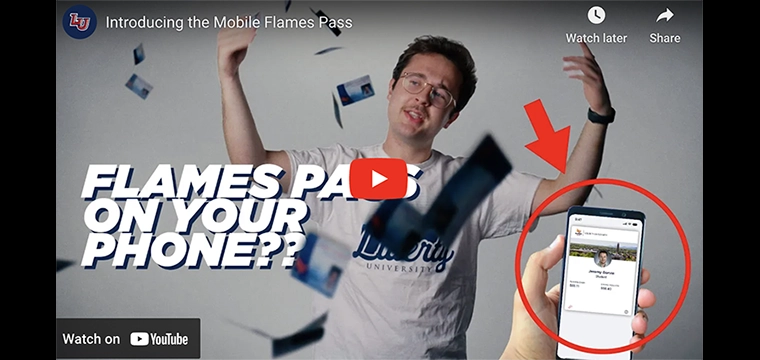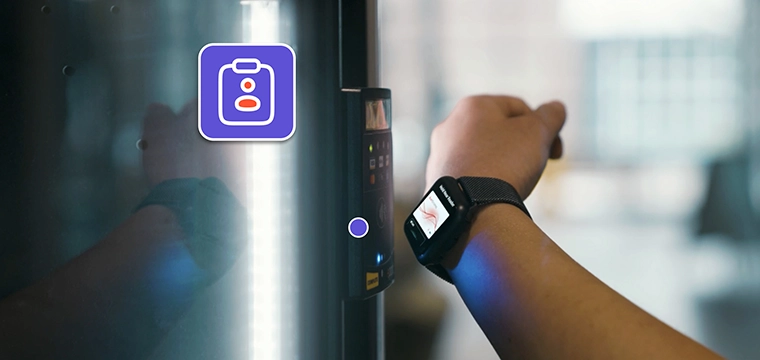
Could other creative use cases for campus cards help in recruitment, enrollment, and more?
A program designed to increase the rate of matriculation from a local two-year college to a nearby California university is finding great success, thanks in part to a “future student” ID card.
According to an article in EdSource, the Long Beach Promise program guarantees admission to students from Long Beach City College to CSU Long Beach upon completion of their two-year degree. At the start of the program, each student receives a Future Student ID card for CSU Long Beach, granting access the campus library, athletic events, clubs and more.
A similar partnership between Northern Virginia Community College (NVCC) and George Mason University is also significantly increasing matriculation from the two-year institution to the university. Key to the program is a series of innovative approaches to make students feel a part of the George Mason community from the beginning of their NVCC studies.
At the start of the program, each student receives a Future Student ID card for CSU Long Beach, granting access the campus library, athletic events, clubs and more.
From their first community college class, they are welcome to use George Mason amenities like the libraries, clubs, and even health care.
The program was designed to streamline the process for transfer students and improve student success rates. Since its inception in 2018, more than 1,500 participants have successfully transferred to George Mason, including more than 400 this past fall.
The rate of continuation is significantly higher than normal rates from community colleges and other two-year programs. More than 90% of the participants graduate within two years of transferring to Mason.
To put that in perspective, a Califonia study found that as few as 2.5% of students intending to move on to a four-year institution upon completion of their two-year degree do so within two years. Just 23% do so within four years.
Working around campus cards, we all have stories about the sweet lady in the airport who showed you her student ID from 1963. She still carries it because it is a tangible representation of the affinity she feels for her school all these years later.
“A lot of research in higher education focused on why students complete or why they don’t complete has included this notion of belonging, feeling a part of the campus,” says Hans Johnson, a senior fellow at the Public Policy Institute of California’s higher education center. “And I think the more that you can do for community college students can only help that sense of belonging so that when you eventually do transfer, you feel like it’s your school.”
Our card office team understands better than anyone on campus the powerful affinity that a piece of plastic engenders in a student. The Future Student ID card issued to Long Beach City College students as a part of the Long Beach Promise 2.0 program is brilliant.
That piece of plastic helps students at the two-year college see themselves as part of the four-year institution to which they will matriculate. In both the Virginia and California examples, they are actively encouraged to use the future institution’s library, participate in intramurals, join clubs, and even visit the health center.
From the beginning, this makes them feel like they are part of the larger community. They make friends and they become comfortable on the campus. They form an internal expectation that their two-year experience is part of a fluid educational process.
Traditionally, transfer students have a hard break when they complete the first two years. This inevitably creates a decision point. Do they continue or do they stop? Eliminating that hard break makes transition easier and far more likely.
The Future Student ID seems to work great in these two formalized programs, but could it work in other situations? Could our card offices help transfer students in a less formalized environment, when an official program does not exist?
Beyond transfer students, what would happen to recruitment if high school seniors on an initial campus visit received a Future Student ID from our offices? I would expect that the simple piece of tangible plastic would increase affinity to the institution in the same way that it does for enrolled students.
What would happen to recruitment if high school seniors on an initial campus visit received a Future Student ID from our card offices? I would expect that the simple piece of tangible plastic would increase affinity to the institution in the same way that it does for enrolled students.
This could increase the close rate for admissions visits.
What if we issued a Future Student ID to college-bound local high school students from the local community. With distributed issuance, the card could be issued on site at the high school. To make the experience more persuasive, the ID could grant access to sporting events, libraries, and even things like student-led tutoring sessions.
In each of these examples, there are benefits for our card offices. We would have recent photos on file for the real IDs from the previously captured images.
In some cases, the enrollment process could include education on ID use cases like access control, dining, and flex accounts. This would ease the burden on our office personnel a during orientation.
Working around campus cards, we all have stories about the sweet lady in the airport who showed you her student ID from 1963. She still carries it because it is a tangible representation of the affinity she feels for her school all these years later.
A campus card is a powerful tool. If we keep an open mind, we may find ways to extend its impact to new areas that can benefit both future students and our institution.
If you are issuing Future Student IDs or other unique cards from your office, let me know (chris at CampusIDNews.com) and we can share it with the CampusIDNews community.




